
Call for Nominations: OA Advisory Board Membership
The Interagency Working Group on Ocean Acidification (IWG-OA) is seeking nominations for membership on the newly established Ocean Acidification Advisory Board (OAAB).

The Interagency Working Group on Ocean Acidification (IWG-OA) is seeking nominations for membership on the newly established Ocean Acidification Advisory Board (OAAB).

COMMUNITY OF PRACTICE, GOA-ON HUB, AND COASTAL ACIDIFICATION NETWORK There is a significant need to strengthen capacity for research, monitoring, and adaptive solutions for ocean acidification resilience and associated multi-stressors in the Caribbean region. The Caribbean Ocean Acidification Community of Practice (CoP) endeavors to explore the impacts of ocean acidification
The NOAA Ocean Acidification Program on behalf of the National Oceanographic Partnership Program (NOPP) solicits proposals focused on (a) expanding understanding of various aspects of marine Carbon Dioxide Removal (mCDR); (b) understanding associated co-benefits (including ocean acidification mitigation) and risks of marine CDR; and (c) the science needed to build
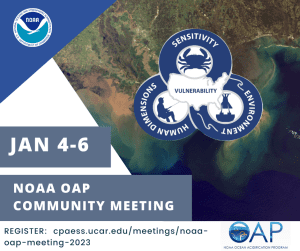
NOAA OAP convenes community meeting in San Diego, CA!
Every three years, the NOAA Ocean Acidification Program convenes researchers, communicators and others in the OA community for a meeting to discuss and share the latest research and future needs and directions. We want your participation! Registration is free.
Meeting Goals
The Bigelow Center for Seafood Solutions is excited to announce the request for applications for funding to support pilot studies relevant to the Interagency Working Group on Research for Farming of Seaweeds and Seagrasses, chaired by the USDA’s Agricultural Research Service and operating in partnership with the Bigelow Laboratory for
The NOAA Ocean Acidification Program (OAP) is supporting a competitive graduate fellowship that will support students conducting research, in pursuit of a Masters degree, related to ocean acidification (OA) in the Pacific Islands region to help fill a critical gap in capacity for OA research and monitoring in the region.
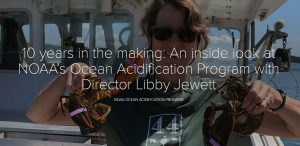
Libby Jewett, Ph.D., Director of the NOAA Ocean Acidification Program, provides insight into ocean acidification. Jewett highlights how she became involved in ocean acidification work, how NOAA’s Ocean Acidification Program (OAP) started, and how we all can personally contribute to combatting this threat to our ocean.

Guided by input from fishers, a team of scientists will bring together computer modeling and experiments to inform management policies for Northeast scallop fisheries facing the threat of ocean acidification.
Researchers from the University of Connecticut, NOAA’s Northeast Fisheries Science Center (NEFSC), Commercial Fisheries Research Foundation (CFRF), and Rutgers
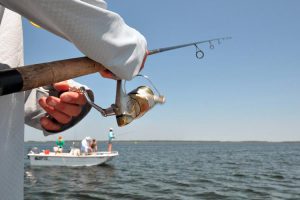
In certain areas of the US, marine resources and the communities that depend on them are particularly vulnerable to the impacts of ocean and coastal acidification along with other ocean changes. The NOAA Ocean Acidification Program recently awarded funding for three regional vulnerability assessment projects in the Chesapeake Bay,

A new model created by scientists at Woods Hole Oceanographic Institution projects – under a worst- case scenario – that warming and increasingly acidic waters could reduce the sea scallop population by more than 50% in the next 30 to 80 years. The bright spot? Fisheries management and efforts to
The NOAA Ocean Acidification Program (OAP) works to prepare society to adapt to the consequences of ocean acidification and conserve marine ecosystems as acidification occurs. Learn more about the human connections and adaptation strategies from these efforts.
Adaptation approaches fostered by the OAP include:
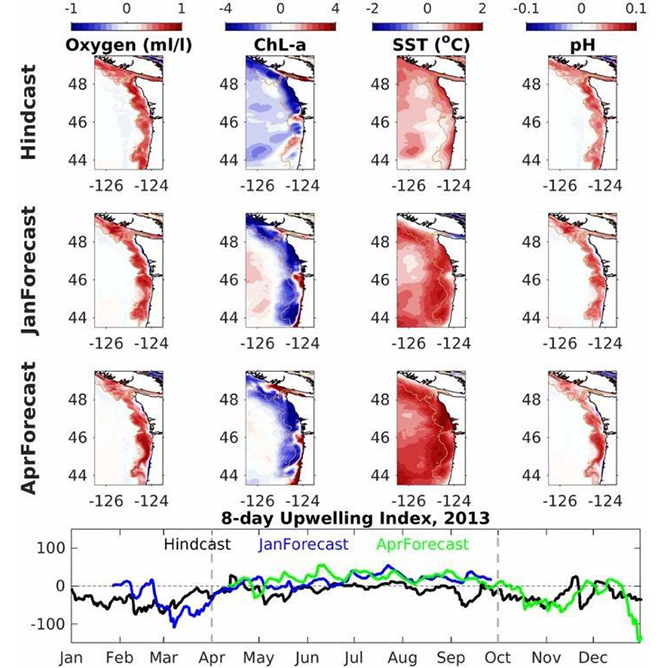
Using models and research to understand the sensitivity of organisms and ecosystems to ocean acidification to make predictions about the future, allowing communities and industries to prepare
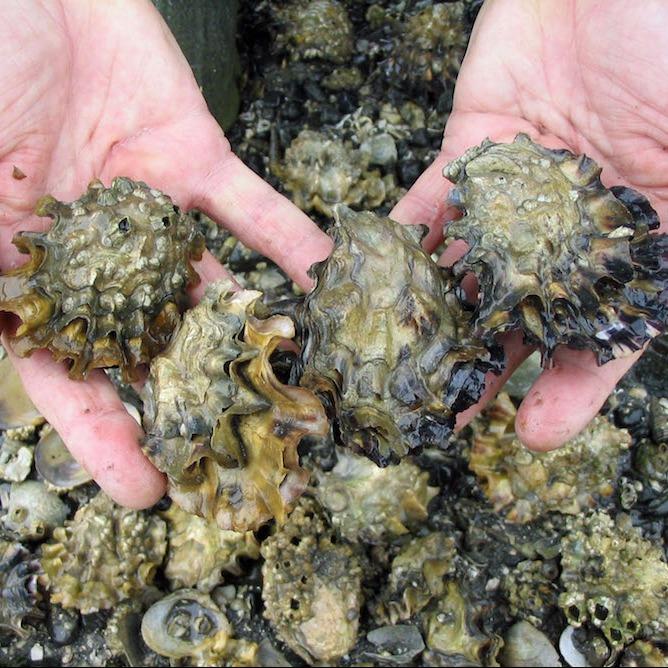
Using these models and predictions as tools to facilitate management strategies that will protect marine resources and communities from future changes
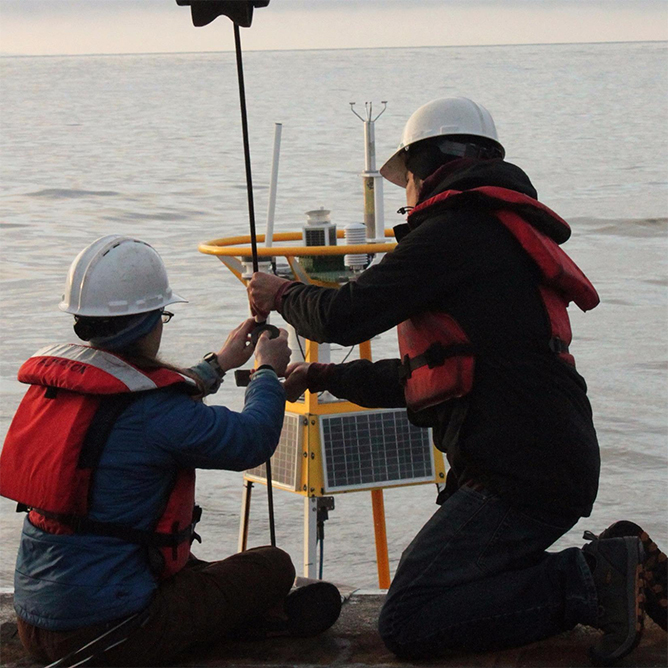
Developing innovative tools to help monitor ocean acidification and mitigate changing ocean chemistry locally
Drive fuel-efficient vehicles or choose public transportation. Choose your bike or walk! Don't sit idle for more than 30 seconds. Keep your tires properly inflated.
Eat local- this helps cut down on production and transport! Reduce your meat and dairy. Compost to avoid food waste ending up in the landfill
Make energy-efficient choices for your appliances and lighting. Heat and cool efficiently! Change your air filters and program your thermostat, seal and insulate your home, and support clean energy sources
Reduce your use of fertilizers, Improve sewage treatment and run off, and Protect and restore coastal habitats
You've taken the first step to learn more about ocean acidification - why not spread this knowledge to your community?
Every community has their unique culture, economy and ecology and what’s at stake from ocean acidification may be different depending on where you live. As a community member, you can take a larger role in educating the public about ocean acidification. Creating awareness is the first step to taking action. As communities gain traction, neighboring regions that share marine resources can build larger coalitions to address ocean acidification. Here are some ideas to get started: